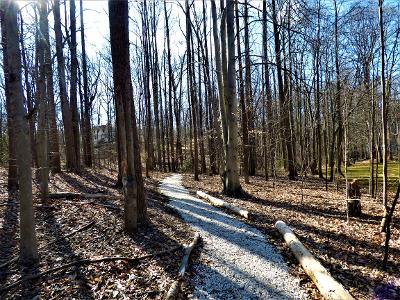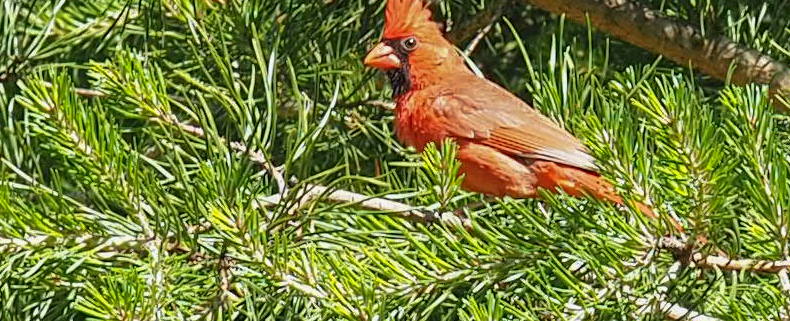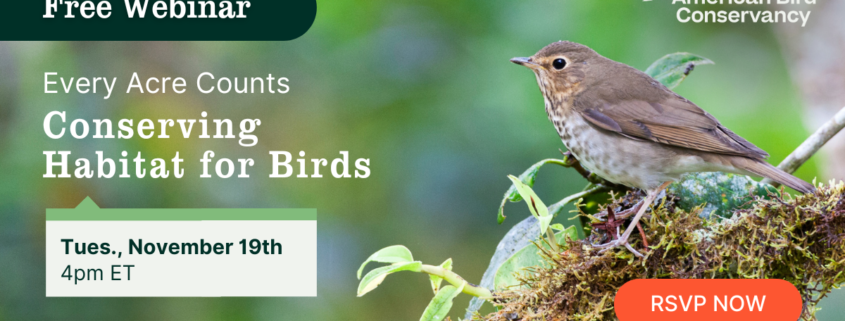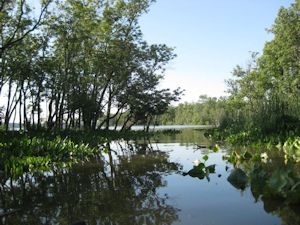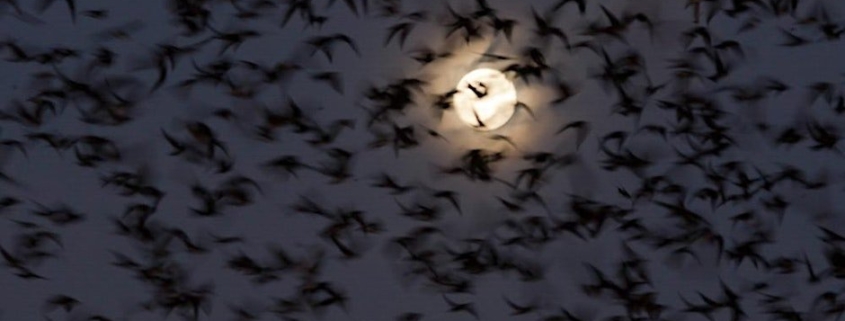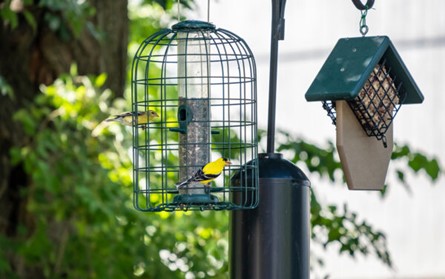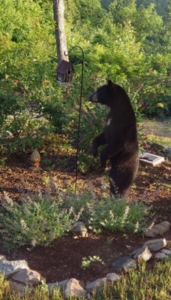Submit Photos to Virginia Wildlife’s Photography Showcase!
Image: Courtesy of the Virginia Department of Wildlife Resources (DWR)
The Annual Photography Showcase is offered each year as a way to recognize the rich heritage of Virginia’s wildlife and natural resources and pay tribute to the mission of the Virginia Department of Wildlife Resources (DWR).
Images will be chosen by the editorial staff from those submitted via our online link, available now! Selected images will appear in the July/August 2025 issue, although some entries may appear on the DWR website, blog, Facebook, Instagram, and Twitter sites to promote the mission of the agency and advertise future photography showcases. Promotional usage rights must be available to Virginia Wildlife staff and the Department’s webmaster.
AGAIN THIS YEAR! The DWR will choose the photo to use on the cover of the 2026 Virginia Wildlife Calendar from the photos submitted to the 2025 Virginia Wildlife Photography Showcase Issue! The Virginia Wildlife Calendar has become iconic and is sold and distributed to thousands in Virginia and across the United States. The DWR source calendar photos from professional wildlife photographers, but they wanted to give Virginia Wildlife Photography Showcase photographers the chance to be included as well.
There is no separate category for the calendar cover; DWR will select the winning image from entrants to the usual categories for the Photography Showcase Issue, and all entry rules and directions apply.
Here are some guidance on what type of image will work on the calendar cover:
The calendar dimensions are 10″ x 14″, horizontal format. Please do not crop your image too tightly. The image must have 3 to 4 inches of “clean” space at the bottom, so the logo is easily readable.
Please make sure your file is at least 300ppi and can be made into the above-mentioned size without any resulting pixelation. The image must be sharp to begin with, so please do not over-sharpen, as this will disqualify the image. Also, do not over-saturate color of the image.
We will be looking for fauna for their cover, and they do not repeat species in close succession. They are looking for colorful, eye-catching, and dynamic images, so give the DWR your best shot! Good luck! Submissions must be uploaded by 5:00 PM on Monday, February 10, 2025.
Categories:
- Virginia Fauna: Native mammals and birds (game and nongame), insects, reptiles and amphibians, underwater images of fish and aquatic life.
- Textures & Patterns: Abstract designs, textures, and patterns found in nature. Make us guess what it is!
- Trail-Cam Images: Images captured on trail cameras that reveal something interesting or funny about the subject.
- Explore the Wild: Images captured on public lands found through the DWR Explore the Wild online tool, such as DWR Wildlife Management Areas, Virginia Bird and Wildlife Trail sites, and state and local parks. Entries to this category can include photos of wildlife, native plants, and textures and patterns. Entries in this category MUST specify in the description at which public land the image was taken.




